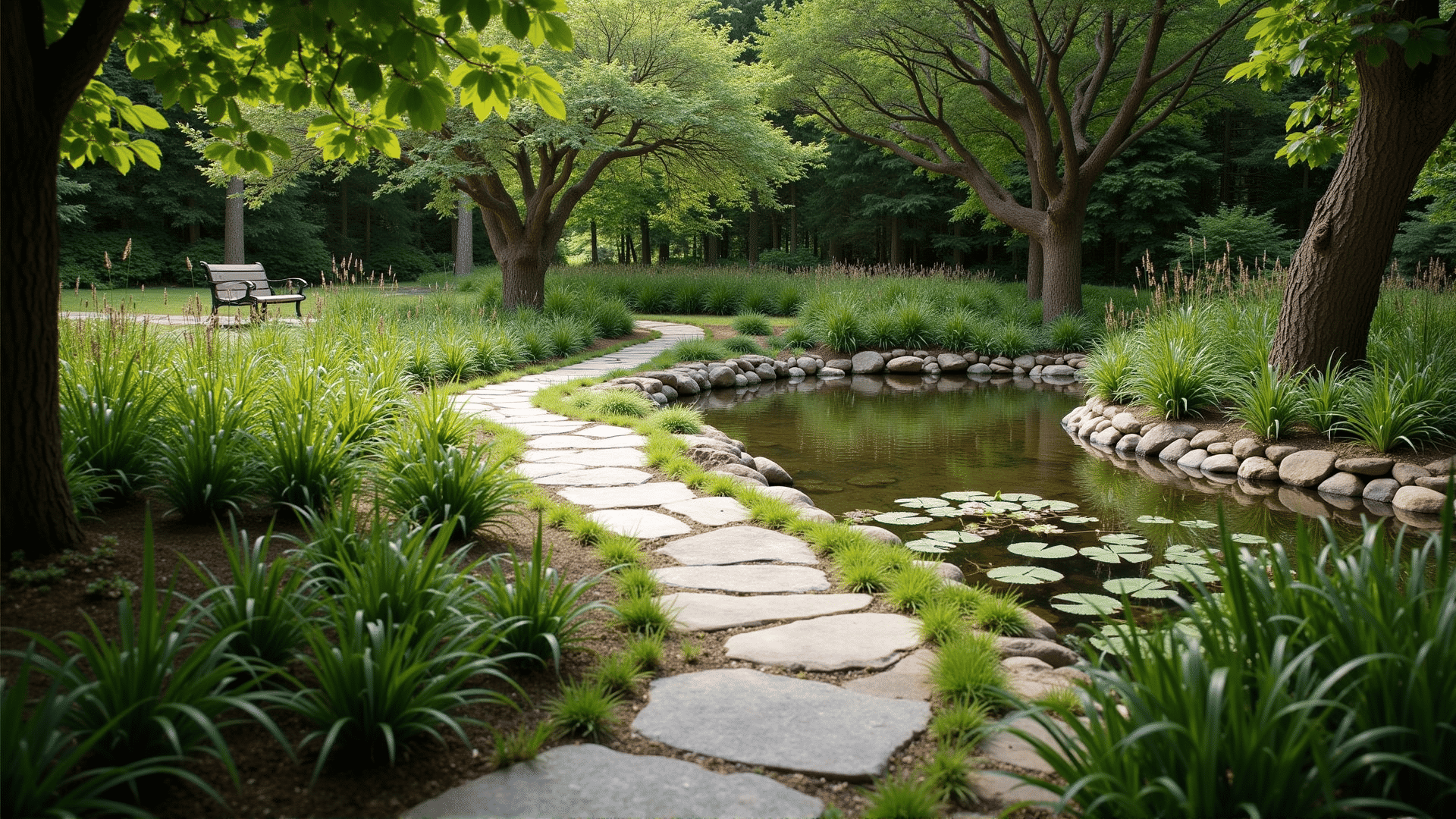Creating a garden that draws inspiration from natural patterns can transform your outdoor space into a serene and harmonious sanctuary. Nature offers a rich tapestry of textures, shapes, and arrangements that can guide the design of garden elements, making the space feel more connected and tranquil. By observing and integrating these patterns, you can cultivate a garden that not only enhances visual appeal but also promotes a sense of well-being.
Organic Shapes
The natural world is full of curves and irregular shapes. Think of the gentle undulations of hills, the curvature of leaves, or the meandering path of a river. Incorporating organic shapes into your garden paths and flower beds can create an inviting flow throughout the space, encouraging movement and exploration. Opt for winding pathways and asymmetrical garden beds to reflect these natural patterns.
Repetition and Rhythm
Observe how leaves are arranged on a stem or how petals are layered in a flower. This repetition creates rhythm, providing visual balance and harmony. You can mimic this pattern by planting in clusters or rows, such as a line of matching shrubs or a series of stepping stones. This technique helps to guide the eye through the garden seamlessly, making the space feel cohesive and intentional.
Fractals in Foliage
Fractals are intricate patterns that repeat at different scales, often seen in plants like ferns or in the branches of a tree. Introducing plants with fractal-like patterns can add depth and intrigue to your garden. Ferns, sunflowers, and succulents are excellent choices for this purpose. The repeating patterns within these plants create a sense of complexity and hidden design, drawing viewers in for a closer look.
Textural Contrast
Nature seamlessly combines different textures, from smooth pebbles to rugged bark. This interplay is crucial in creating interest and dynamism in a garden. Combine plants with varied textures, such as spiky grasses next to broad-leafed hostas, to highlight the contrasts and transitions found in natural settings. Incorporate elements like stones, gravel, and wood to further enhance textural diversity.
Color Integration
Nature’s palette is both vast and subtle, characterized by seasonal changes and site-specific conditions. Choose a color scheme that reflects the natural environment, perhaps focusing on the greens, browns, and muted pastels commonly found in nature. You can introduce seasonal blooms to mimic the changing colors seen in different times of the year, providing variation and a living, dynamic canvas.
Water Elements
Water is a vital part of many ecosystems, and incorporating it into your garden can create a focal point that encourages relaxation. Whether it’s a small pond, a fountain, or a simple birdbath, the reflective surface of water adds a new dimension to garden design. Water attracts wildlife and can foster an environment where natural patterns—think of the ripples caused by the wind or the steady flow in a brook—continue to emerge and evolve.
Conclusion
Designing a garden with nature’s elegance in mind involves bringing together a range of ideas and patterns to form a cohesive and calming space. It’s about more than just aesthetics; it’s a way to engage with the world around you, drawing inspiration from its complexity and beauty. By highlighting organic shapes, using repetition, and integrating textural contrasts, your garden can become a reflection of the serene and intricate patterns that exist in the natural world.
